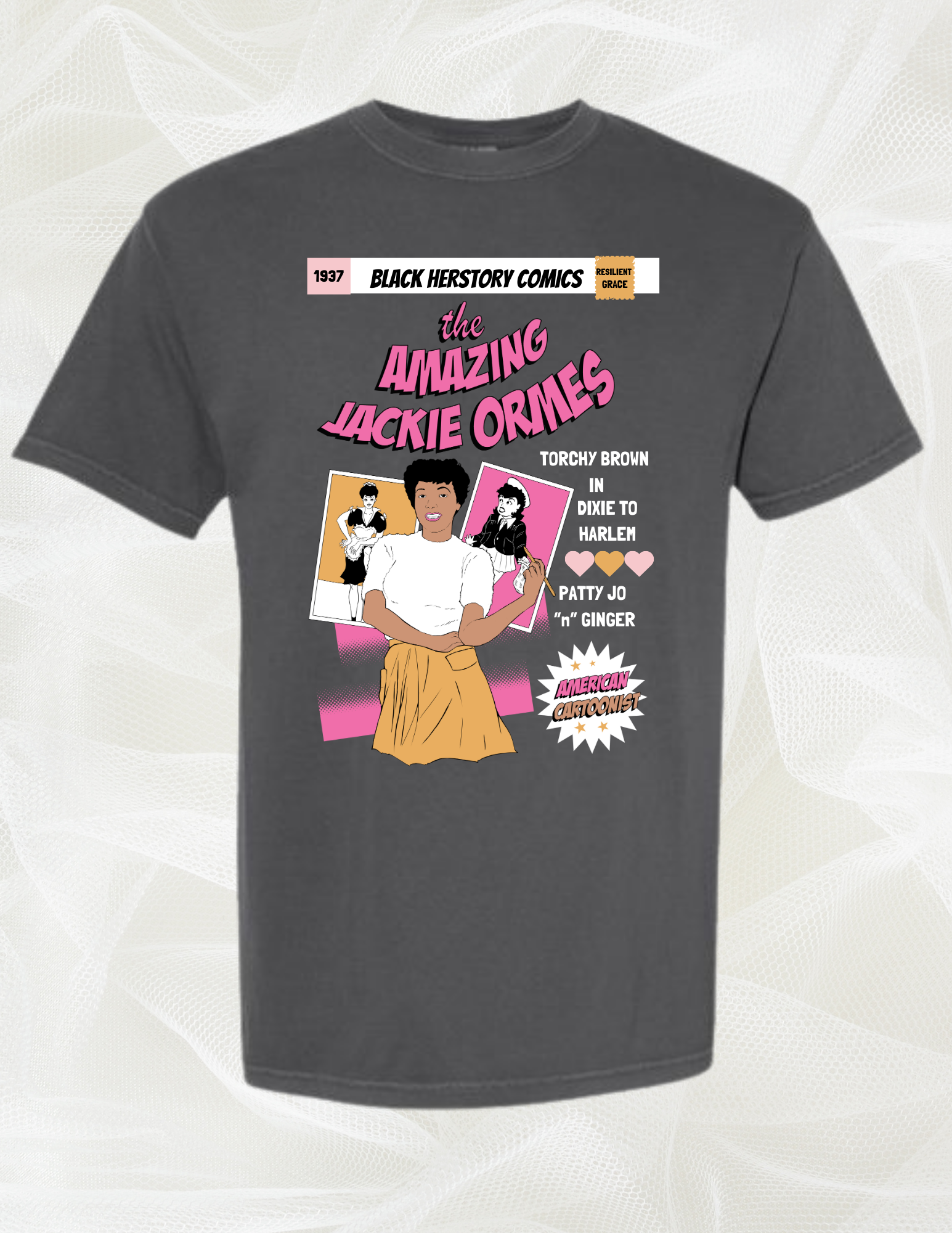“Our crowns have been brought and paid for, all we have to do is wear them.”
This is a quote by James Baldwin that appears on one of the first few pages of the book CROWNS: Portraits of Black Women in Church Hats by Michael Cunningham and Craig Marberry. I picked this book up at the library and became enamored with the images of beautiful black women in hats with stories of how their love for them began. Black women have been wearing hats for centuries. Hats became a signature expression of a resilient past that did not always value our beauty. As a historian and a fellow hat lover, I became intrigued with where this love and tradition began, and through my research, I gained a greater love and respect for the statement a hat could make for a black woman who had survived that which tried to break her.

I have always loved hats. As we get older our style naturally evolves, but hats have always been a staple piece for me. I was an insecure tall teenager, and as I began to express myself through style, hats were something that always gave me confidence. They made me feel like I was special and classic in all the ways I needed. In researching the history behind Black women in hats, there was one clear similarity at the core of my love for hats and the women who had come before me: Hats made us feel like we were someone when the world tried to make us feel inferior.

Black history did not start with slavery, and Black women’s history with headwear started long before we arrived in America. Black women in Africa took great pride in head wraps. The website the thirteen.org says, “Embellishment of the head and hair was a central component of dress in various parts of Africa, particularly in West Africa.” In Africa, head wraps were bright, beautiful, and they signified communal identity and individuality. However, the pride that was given in wearing them in freedom in Africa was unfortunately stripped in slavery in America. Black women who were slaves had to abide by a specific dress code to remind the world of their perceived inferiority. This code required many of them to wear head wraps made out of what was called negro cloth. Unlike the celebrated individuality a head wrap could provide in Africa, these head wraps sought to strip them of that belief by being a symbol that they were less than.
African- American slaves wore straw hats in the fields to protect them from the sun as they worked, but on Sunday morning they took on a new meaning. The love for hats was based on a scripture about women in head coverings in church, but the unique and creative touch given to hats by black women illustrated their deep desire to be seen, not only by others but by God. In Africa, black women had used head wraps to express their worth, and in American slavery they decorated their work hats to signify that despite the sorrow they were experiencing, they were still worthy, and they served a God who understood that. In a Seattle Times article, Christine Clarridge says, “It’s important to acknowledge,” she said, “that we did not always have authority over our own selves and our own bodies, clothes, hair or looks. We were not, as black women, always afforded the luxury of adorning ourselves. So for us, there is something about wearing a hat that is deep.” For black women in slavery, Sunday was the only day they got to dress up and feel important. Hats were an important part of that confidence, and they used what they had to make them look beautiful. A BGHL article also says, “In addition to instilling pride and confidence, the hats remind the wearers to carry themselves like queens.”


Style inevitably reflects the times and for Black women, so did their hats. This pride given by hats continued throughout future generations. Once slavery was over, black women worked domestic jobs and they saved to buy the hats that made them feel important on Sunday morning. As a BGHL article says, “African American women traded in their drab aprons and knotted head wraps for brightly colored dresses and straw hats gaily decorated with fresh flowers, ribbons and feathers. The hat became a symbol of success, but most of all, it remained a symbol of resilience. Hats were not only seen on Black women in church, but they were worn by singers, actresses, and women of great success. Above is a picture of the great Mahalia Jackson wearing a hat at the March on Washington where Dr. King famously gave his “I have a dream” speech, and famous actress Lena Horne performing in a beautiful hat.

Whether she knows it or not, when a black woman wears a hat, she is wearing the strength of the women who came before her. My love for hats began outside of church but as I reflect on everything I have learned; I find a new reason to love them because of what they stood for for these women who looked like me. In the pictures above, I am wearing a Gigi Pip Hat. In my opinion, Gigi Pip is one of the best hat creators to ever do it. Their tagline is “For the woman who wears many hats”. I asked them to be a part of this blog with me because I wanted to wear a hat that could make me feel that queenly feeling that black women in the past had when they put on their hat. These women were definitely women who wore many hats. Unfortunately, many of those hats carried the burden of adversity, but the hat they wore on Sunday was one of strength and the belief in triumph. Their stories deserve to be recognized and celebrated and from now on, as I wear my own hats, I will honor them.
Sources
CROWNS: Portraits of Black Women in Church Hats by Michael Cunningham and Craig Marberry
The Fascinating History Behind Black Women’s Church Hat Cultural Tradition









